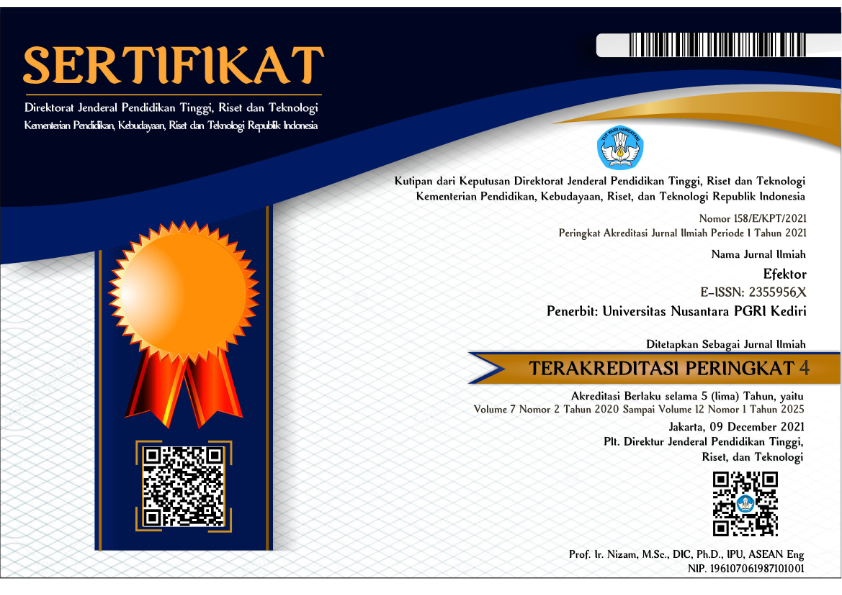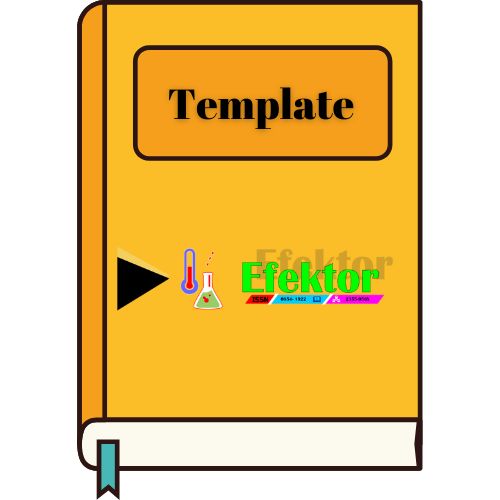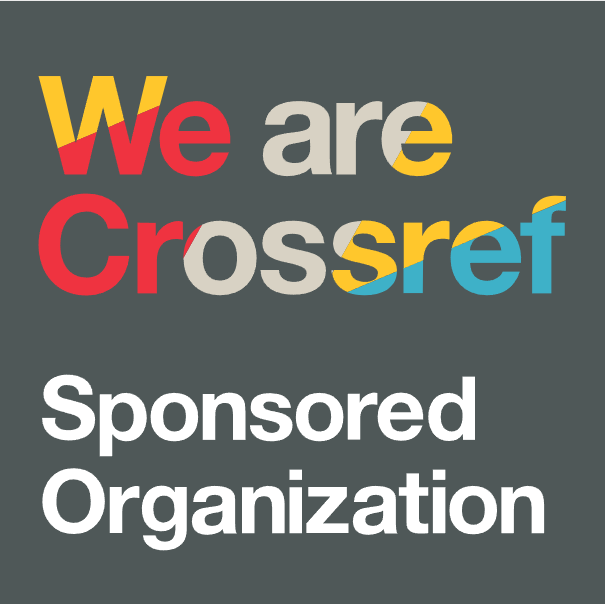Pembelajaran Sastra Berbasis Blended Learning
DOI:
https://doi.org/10.29407/e.v6i1.12532Keywords:
blended learning, google classroom, pembelajaran sastraAbstract
Blended learning is one of the learning models applied in universities as an improvement in the quality of learning. Blended learning is a blend of two learning models, namely face-to-face learning and online learning/e-learning. Blended learning is used to stimulate and foster learning motivation for students, it is necessary to innovate and create more interesting media. Learning media that can be used in blended learning, namely flipbook software and autoplay, through the two software instructors can create learning media through a combination of learning material in pdf, video (mp4), image (jpeg), ppt (pdf) and so on. Learning media that have been made uploaded in the classroom (google classroom) at the beginning of the lecture. Through google classroom, students can download all learning media. With learning media that have been downloaded, students can learn more innovatively. In the media, the material presented is related to literacy learning. Blended learning-based learning models can improve literacy learning outcomes in Unipa Surabaya PBSI students in Literature Appreciation courses. The increase was due to the tendency of students to be more active, innovative, creative, and enthusiastic in independent learning, and in working on assignments given as evaluations in lectures with the learning media that had been provided.
References
Bersin, Josh. 2004. The Blended Learning Book Best Practices, Proven Methodologies and Lesson Learned. San Fransisco: John Weley.
Dwiyogo, Wasis D. 2016. Pembelajaran Berbasis Blended Learning. Malang: Wineka Media.
Daryanto. 2015. Media Pembelajaran. Bandung: PT. Sarana Tutorial Nurani Sejahtera.
Mansyur, M. Aan. 2016. Tidak Ada New York Hari Ini. Jakarta: Gramedia Pustaka Utama.
Sutisna, Anan. 2016. Pengembangan Model Pembelajaran Blended Learning Pada Pendidikan Kesetaraan Program Paket C dalam Meningkatkan Kemandirian Belajar. Jurnal Tekonologi Pendidikan Vol. 18, No. 3 Desember 2016. Jakarta: Universitas Negeri Jakarta.
Downloads
Published
Issue
Section
License
Authors who publish with this journal agree to the following terms:
- Copyright on any article is retained by the author(s).
- The author grants the journal, the right of first publication with the work simultaneously licensed under a Creative Commons Attribution License that allows others to share the work with an acknowledgment of the work’s authorship and initial publication in this journal.
- Authors are able to enter into separate, additional contractual arrangements for the non-exclusive distribution of the journal’s published version of the work (e.g., post it to an institutional repository or publish it in a book), with an acknowledgment of its initial publication in this journal.
- Authors are permitted and encouraged to post their work online (e.g., in institutional repositories or on their website) prior to and during the submission process, as it can lead to productive exchanges, as well as earlier and greater citation of published work.
- The article and any associated published material is distributed under the Creative Commons Attribution-ShareAlike 4.0 International License













